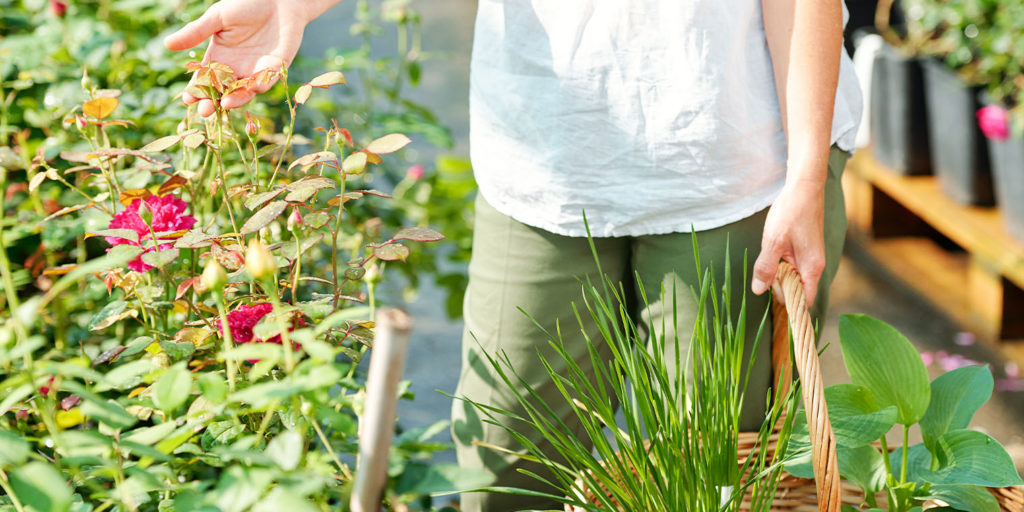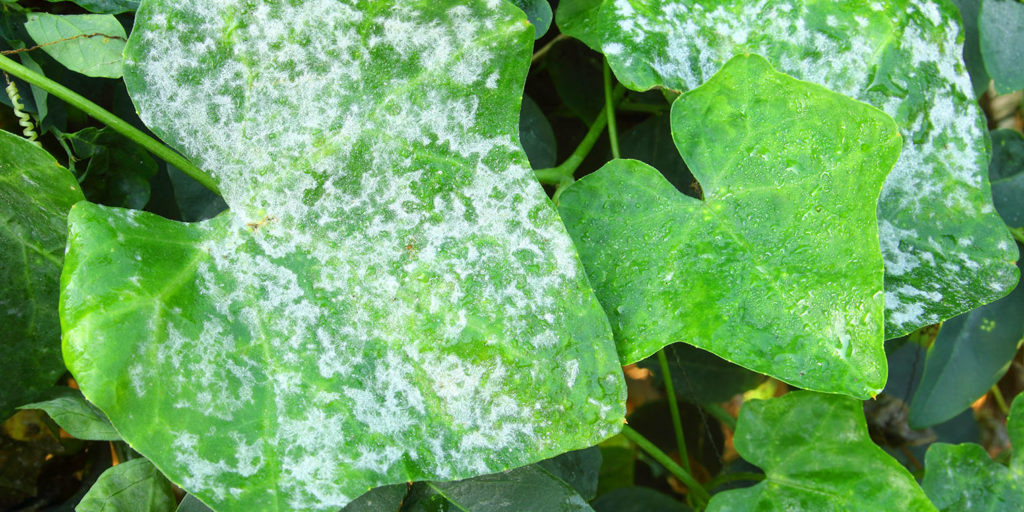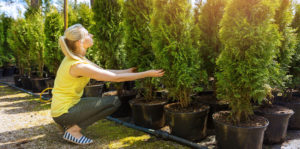We’ve all been guilty of impulse-buying when we see a pretty plant for sale, but it’s a good idea to be more discerning when choosing your landscaping plants. After all, you want to pick the healthiest ones possible. If you’re new to landscaping and aren’t sure what to look for, this guide will help you in choosing the perfect plants.
What To Look For When Choosing Plants For Your Garden
Resist the urge to grab the first plant that makes you say, “wow!” Sometimes even the prettiest plant may have a surprise or two waiting to pop up once you bring it home. Go through this checklist when choosing landscaping plants here in Fort Lauderdale, so you can be sure you’re opting for the healthiest ones available.

Evaluate Foliage Color
Leaf color is a pretty good indicator of overall health. If there are brown or yellow leaf tips, suspicious spotting, or if it’s looking kind of pale, your plant probably isn’t in great shape. Look for vibrant, even color and glossy leaves. Remember that some plants have variegated leaves, or may have new growth that emerges a different color than green, so color variance is expected in those cases. The key is to look for discoloration that indicates poor health or nutrient deficiency.
Inspect the Roots
Don’t be afraid to get right in there and check those roots! Lift the plant carefully and tap the bottom of the pot to dislodge the roots from the pot. Don’t yank the stem when choosing your garden plants, as this can really damage them. If the root ball comes out and a bunch of soil falls off, the pot is too big. If the roots won’t come out of the pot, then it’s rootbound. It should be able to slide out of the pot easily, with the root ball retaining the shape of the pot. Ideally, it should have a good mix of thick and thin roots, white in color, and free of mold.

Look for a Balanced Shape
When choosing landscaping plants, trees, and shrubs, pay attention to the direction of the growth and the overall shape. Weak, leggy, or lopsided stems indicate overly rapid growth in a hot environment or insufficient nutrients. Look for strong branches and an even shape, and avoid ones with spindly growth.
Don’t Just Choose the Plant With the Most Blooms
We can’t blame you for impulsively choosing a plant for your garden because it has the most open blossoms—but all those flowers are going to fade soon after planting! Instead, it’s a much better idea to pick one with plenty of closed flower buds, and of course, lots of healthy foliage. That way, you can enjoy those flowers for longer! Plus, if it has tons of flowers but not much foliage, it won’t photosynthesize well.

Check For Mold and Fungus
Inspect the leaves for any signs of mold or fungus, such as powdery mildew. Black spots, white or grey dusty coating, and mushy stems are bad signs. Many pathogens can easily spread to your other plants too, so it’s important to be careful when choosing landscaping plants to bring home.
Look for Pests
Pests are common in the world of gardening, so if you notice a bug or two while choosing garden plants, it’s not the end of the world. Instead, look for signs of pest damage like holes or squiggles in leaves, fine webbing throughout the foliage, or eggs on the undersides of leaves. Look closely—eggs are pretty small, and bugs are good at hiding! To be extra safe, you can spray some insecticidal spray after you bring it home to prevent the spread of insects.
Living Color Garden Center has a fantastic collection of healthy plants in Fort Lauderdale, so you can be certain you’re choosing from a trusted source. Visit us soon to see all the incredible landscaping plants that are ready to be planted now!

